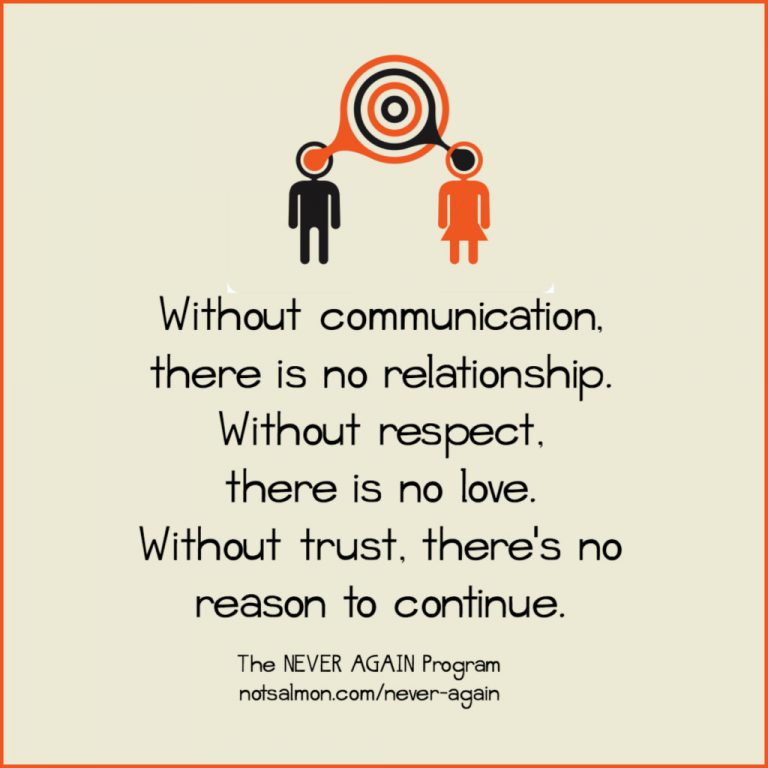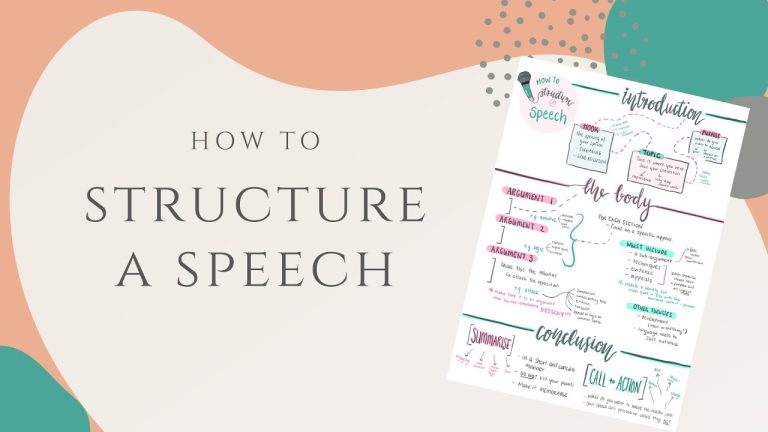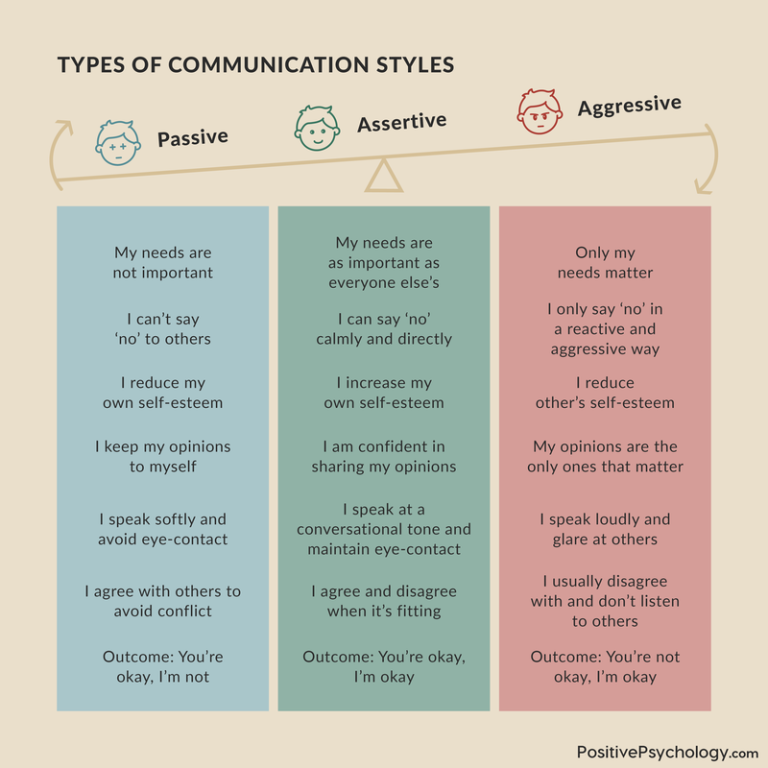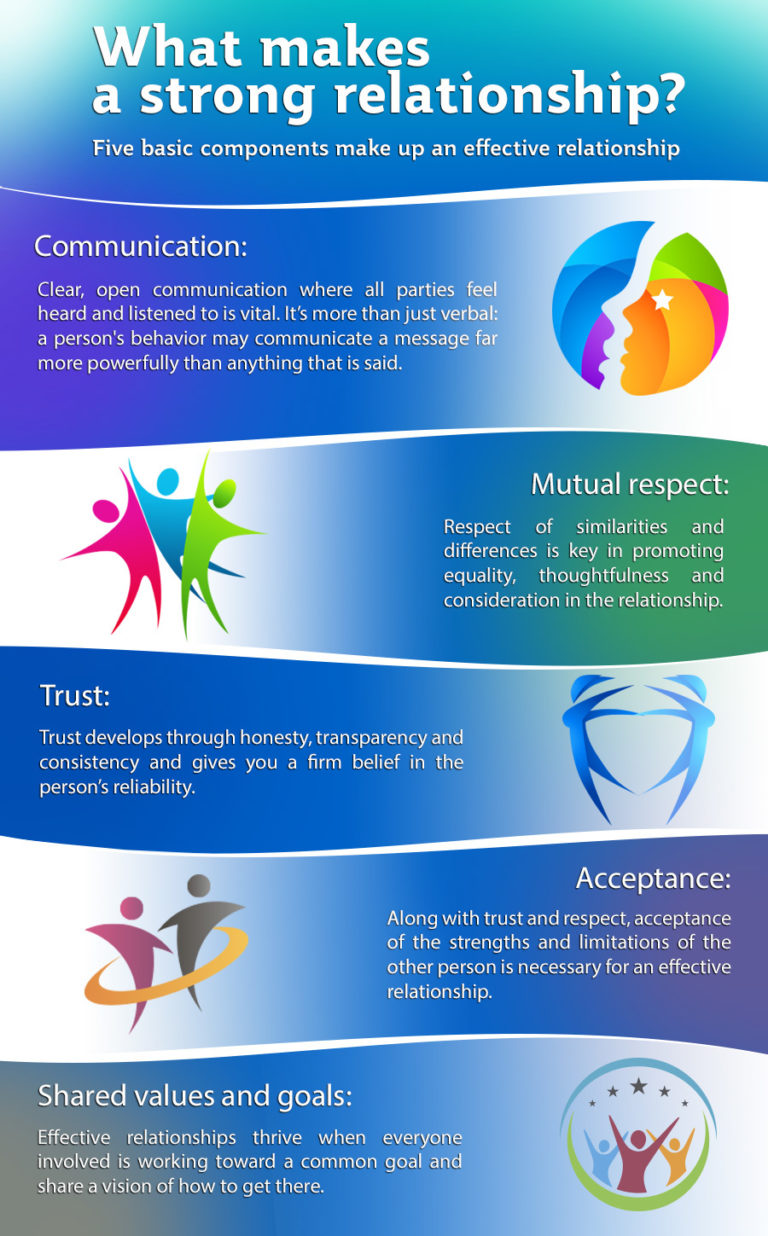Entropy In Communication
When it comes to communication, have you ever stopped to think about the role of entropy? No worries if you haven’t! In this article, we’re going to explore the concept of entropy in communication and how it affects our everyday interactions.
So, what exactly is entropy in communication? Well, imagine a scenario where you and your friend are having a conversation. Entropy refers to the amount of uncertainty or randomness in the information being exchanged between you two.
But why is entropy important? It helps us understand how effectively we are conveying and receiving information. So, let’s dive into the fascinating world of entropy in communication and discover its impact on our daily lives!
Entropy in communication is a fascinating concept influenced by information theory. It quantifies the amount of uncertainty or disorder in a communication system. By understanding entropy, we gain insights into how effectively information is transmitted and the efficiency of communication channels. It serves as a vital tool in fields like telecommunications, data compression, and cryptography. Discover the intriguing world of entropy in communication and its profound impact on modern technology.

Understanding Entropy in Communication: The Key to Effective Messaging
In today’s rapidly evolving digital age, communication is more important than ever. Whether it’s a text message, a social media post, or a business email, effective communication can make or break relationships, drive sales, and foster connections. However, there’s a crucial element at play in the world of communication that often goes unnoticed – entropy. Entropy, in the context of communication, refers to the uncertainty or randomness of information. Understanding entropy and its implications can be the key to creating compelling and impactful messages that resonate with your audience. In this article, we will dive deep into the concept of entropy in communication, explore its relevance, and discover how you can harness it for effective messaging.
Entropy in Communication: The Basics Explained
When we talk about entropy in communication, we are referring to the amount of information or data carried by a message. In simple terms, it is a measure of the unpredictability or randomness of the content being conveyed. A message with low entropy contains familiar or expected information, while a message with high entropy carries new or surprising information. Both high and low entropy messages have their place in communication, depending on the desired outcome and context.
Entropy can be better understood through the lens of information theory, a field that focuses on quantifying and understanding information. In information theory, entropy is measured in bits, where a bit represents a binary choice between two alternatives. An example of low entropy communication would be a simple weather forecast stating, “Tomorrow will be sunny,” carrying very little unexpected or new information. On the other hand, a high entropy message would be a breaking news alert about a major scientific discovery, with each new detail carrying high unpredictability and surprise.
It’s important to note that the concept of entropy is not limited to the content of the message itself but also extends to the medium and the context in which the message is communicated. Factors such as the channel used, the timing, and the audience’s prior knowledge all influence the entropy of a message.
The Influence of Entropy on Communication Effectiveness
Now that we have a basic understanding of entropy in communication, let’s explore its influence on the effectiveness of our messages. Effective communication is about achieving the desired impact or outcome, and entropy plays a vital role in capturing and retaining the audience’s attention, conveying the intended message, and evoking the desired response.
High entropy messages have the potential to grab attention and stand out in a sea of information overload. They offer novelty and surprise, making the audience curious and eager to engage. However, if the entropy is too high, the message may become overwhelming or confusing, leading to cognitive overload and a loss of interest. Striking the right balance is crucial for impactful communication.
On the other hand, low entropy messages may be easier to process and understand, especially when dealing with complex or technical subjects. They can build trust through familiarity or establish a sense of authority. However, they run the risk of being perceived as mundane or uninteresting, failing to capture attention or generate excitement.
Strategies for Harnessing Entropy in Communication
Understanding entropy in communication opens up possibilities for crafting messages that resonate with your audience and achieve your desired goals. Here are some strategies to harness entropy effectively:
1. Know Your Audience
Understanding your audience’s preferences, knowledge level, and interests can help you tailor your message to strike the right balance of entropy. Consider their expectations, past experiences, and the context in which they will receive your message.
For example:
If you’re sending a business email to a team of engineers about a technical project, a higher entropy message containing new information and challenges might engage and excite them. However, if the same message is sent to a non-technical audience, the high entropy might confuse or overwhelm them.
2. Create Suspense
Building anticipation and suspense can increase the perceived entropy of your message. By teasing or hinting at upcoming information or announcements, you can pique the audience’s curiosity and keep them engaged until the big reveal.
3. Visuals and Multimedia
Incorporating visuals, videos, or interactive elements into your communication can enhance the entropy by adding layers of sensory information and engagement. Visuals can evoke emotions, create surprise, and enhance the overall impact of your message.
4. Storytelling and Personalization
Crafting a compelling story or personalizing your message can significantly increase its entropy. Humans are wired to connect with narratives and personal experiences. By incorporating elements that resonate with your audience’s emotions and experiences, you can elevate the entropy and make your message more memorable.
5. Test, Analyze, and Iterate
Experimentation and data analysis are crucial for harnessing entropy effectively. Test different approaches, analyze the response, and iterate based on the insights gained. Pay attention to feedback, engagement metrics, and the overall impact of your messages to continually refine your communication strategy.
The Future of Entropy in Communication: Leveraging Technology
With advancements in technology and the increasing adoption of artificial intelligence, the future of entropy in communication holds immense potential. AI-powered algorithms have the capability to analyze vast amounts of data and understand individuals’ preferences and behavior, enabling highly personalized and impactful messaging.
As the digital landscape continues to evolve, it becomes crucial for communicators to adapt and embrace the opportunities presented by technology. Understanding the interplay between entropy, technology, and human psychology will be vital in leveraging these advancements for effective communication.
The Ethical Dimension: Balancing Entropy and Responsibility
While harnessing entropy in communication can lead to more engaging and impactful messages, there is an ethical responsibility to ensure that the information being conveyed is accurate, relevant, and respectful. Striking the right balance between capturing attention and providing valuable content is essential for building trust and establishing long-term relationships.
Communicators must be mindful of potential biases, the potential for misinformation, and the impact their messages can have on individuals and society as a whole. Responsible and ethical communication practices prioritize integrity, transparency, and the well-being of the audience.
The Power of Entropy: Embrace the Uncertainty
In a world filled with noise, capturing attention and delivering impactful messages is no easy task. By understanding and harnessing the power of entropy in communication, you can stand out, engage your audience, and create meaningful connections. Embrace the uncertainty, experiment with new approaches, and be open to the ever-evolving landscape of communication. Let entropy be your ally, and watch as your messages go further, leaving a lasting impression on those who receive them.
Key Takeaways: Entropy in Communication
– High entropy leads to less predictable and more complex messages.
– Noise in communication can increase entropy and hinder effective understanding.
– Techniques such as encoding, decoding, and feedback help reduce entropy in communication.
– Clear and precise language can minimize entropy and enhance communication efficiency.
Frequently Asked Questions
In the field of communication, entropy plays a crucial role in understanding the flow of information. Here are some common questions people often have about entropy in communication:
1. How does entropy affect the transmission of information?
Entropy measures the uncertainty or randomness in a communication system. In the context of information theory, a higher entropy means there is more uncertainty or unpredictability in the data being transmitted. This can pose challenges in accurately receiving and decoding the information at the receiving end.
For example, if you have a high-entropy message where the pattern or structure is difficult to decipher, it can lead to errors, loss of information, or increased noise during transmission. On the other hand, low-entropy messages with clear patterns and structure are easier to transmit and understand.
2. Can entropy be reduced in communication systems?
While we can’t completely eliminate entropy in communication systems, there are strategies to reduce its impact. One way is through error correction techniques such as adding redundancy to the transmitted data.
By introducing redundancy, the original message can be reconstructed even if some bits are lost or corrupted during transmission. This ensures a higher probability of accurate decoding, effectively reducing the impact of entropy. Other techniques include using compression algorithms to remove unnecessary data that contributes to high entropy.
3. How does entropy relate to the efficiency of communication?
Entropy and efficiency in communication are interconnected. In a communication system, efficiency refers to how well information can be transmitted and understood. Lower entropy implies higher efficiency, as the message is less random and more structured.
In terms of efficiency, the goal is to minimize the effects of entropy and maximize the transmission of meaningful information. By reducing random or irrelevant data through compression techniques and error correction, the communication system can operate more efficiently and transmit information with better fidelity.
4. What are the practical applications of entropy in communication?
Entropy has various practical applications in communication systems. One important application is in data compression, where high-entropy data is compressed to reduce storage space and transmission bandwidth. Compression algorithms exploit patterns and redundancies in the data to achieve efficient encoding and decoding.
Entropy is also relevant in encryption and cryptography. Randomness and unpredictability, measured by entropy, form the foundation of secure encryption schemes. Higher entropy in encryption keys ensures greater security against brute force attacks and unauthorized access.
5. How can we strike a balance between entropy and information content in communication?
Striking a balance between entropy and the information content in communication involves finding the optimal trade-off between randomness and structure. Too much entropy can make communication inefficient, while too little entropy can limit the amount of information that can be transmitted.
By employing techniques like error correction, compression, and encryption, we can manage the impact of entropy while still preserving the integrity and efficiency of the communication system. It’s about finding the sweet spot where the communication is neither too chaotic nor too predictable, resulting in effective transmission and understanding of information.
Intro to Information Theory | Digital Communication | Information Technology
Summary
Entropy in communication is all about how information gets mixed up and lost when we send messages. It’s like playing the telephone game, where the original message changes as it’s passed along. We can use coding systems to reduce entropy and make sure our messages are received correctly. Entropy affects everything from sending emails to making phone calls, so understanding it can help us communicate more effectively.




